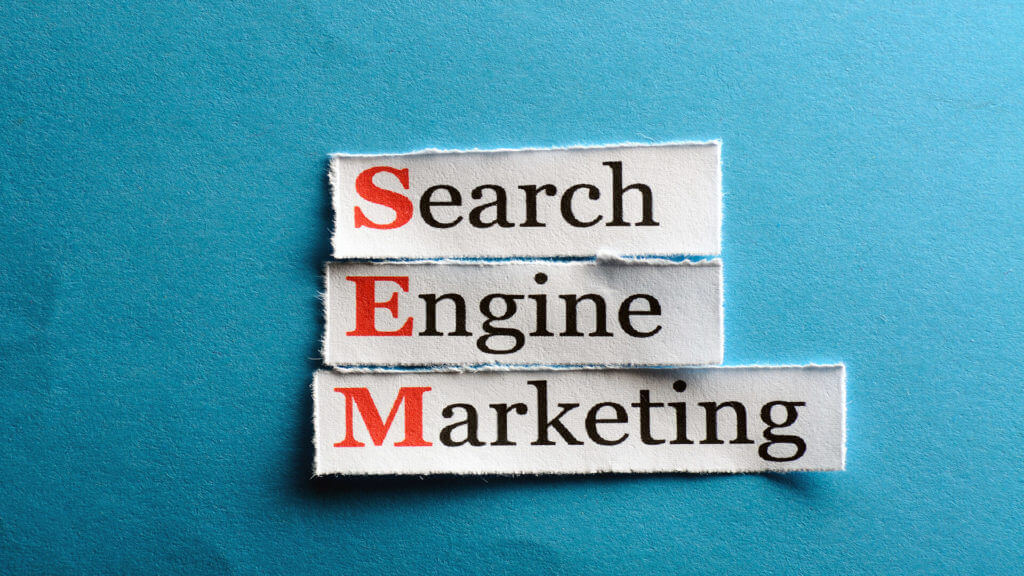
As countries in different parts of the world begin to ease travel restrictions and governments start releasing their roadmaps for reopening businesses, we’re getting a better idea of how hoteliers can prepare for different stages of recovery. It’s a good period to reassess your hotel’s digital marketing strategy.
There are five things a savvy marketer can do to capture traffic and potential bookings as travel demand returns:
1. Optimize and automate your search engine marketing (SEM) to align with your property’s business goals
Re-calibrating your bid target using the bid strategy appropriate to your current business needs is key to a successful re-entry to the market.
Ask the question: What would make the value of an SEM click to your site greater than $0.00?
- Achieving a certain ROI?
- Meeting a specific revenue goal?
- Driving unique and returning traffic to your site?
- Getting your audience to convert?
- Capturing on-site interest with remarketing lists?
- Targeting site visitors with the right offers and messages when they are ready to book?
Once you’ve defined what advertising success will look like for your property during recovery, you can use those metrics to identify the right automated bidding strategies. Some of the automated bidding strategies you may consider are:
- Maximize conversions: Drive as many conversions possible within your set budget.
- Maximize conversion value: Maximize the total conversion value (such as the total value of converted bookings) of your campaign within your specified budget.
- Target return on ad spend (ROAS): Bid based on your target ROAS to get more conversion value or revenue at the target return-on-ad-spend (ROAS) you set.
The strategy you choose should align with your unique business goals and performance targets. For example, Maximize Conversions would be the best strategy if you want to drive as many conversions possible within a set budget but don’t have a set ROI goal.
Autobidding learns from conversion history across all your campaigns and uses this data to optimize bids for new, re-launched, or low volume campaigns in each auction. This can help you react more quickly to demand changes and benefit from higher click-through rates (CTRs) and lower cost-per-clicks (CPCs) due to a gap left in the search auction by those competitors who have not yet begun to restart or scale their campaigns.
As you consider using autobidding in relaunching activities, you can start with a lower bid to capture early signals on interest and returning volume and work your way up to ensure sustained profitability.
2. Use first-party data to target previous guests and loyal customers
Companies that deliver relevant content to consumers at multiple moments across the purchase journey see revenue increases of as much as 20% and cost savings of up to 30%.
Because this kind of data is unique to your business, it gives you clear insight into what your customers want:
- Identify audience behavior and interests from your dataset.
- Create audience profiles that can be included in your current strategy.
- Combine CRM audiences with Google signals to create customized segments.
For example: Use CRM data to identify guests who purchased a luxury spa treatment in your hotel and target ‘spa & beauty services’ with Google In-Market Audiences to remarket directly to customers currently looking for those services.
This data can also be used to reach previous and new guests and grow your customer base through remarketing lists for search ads (RLSA), first-party lists like customer match, similar audience lists, and in-market audiences powered by advanced predictive machine learning.
This personalization builds better online experiences — resulting in more conversions, cost savings, and a higher return on investment.




